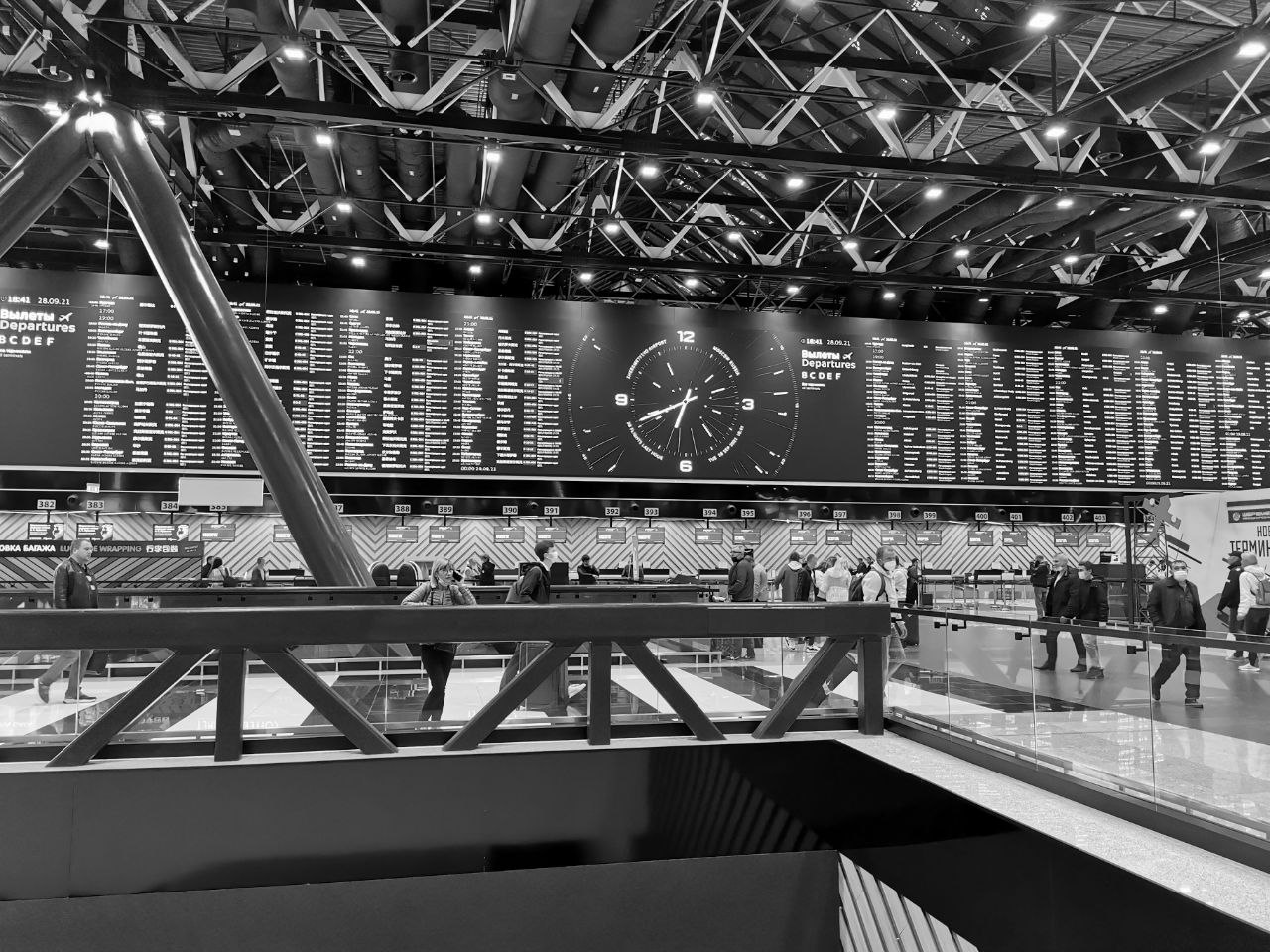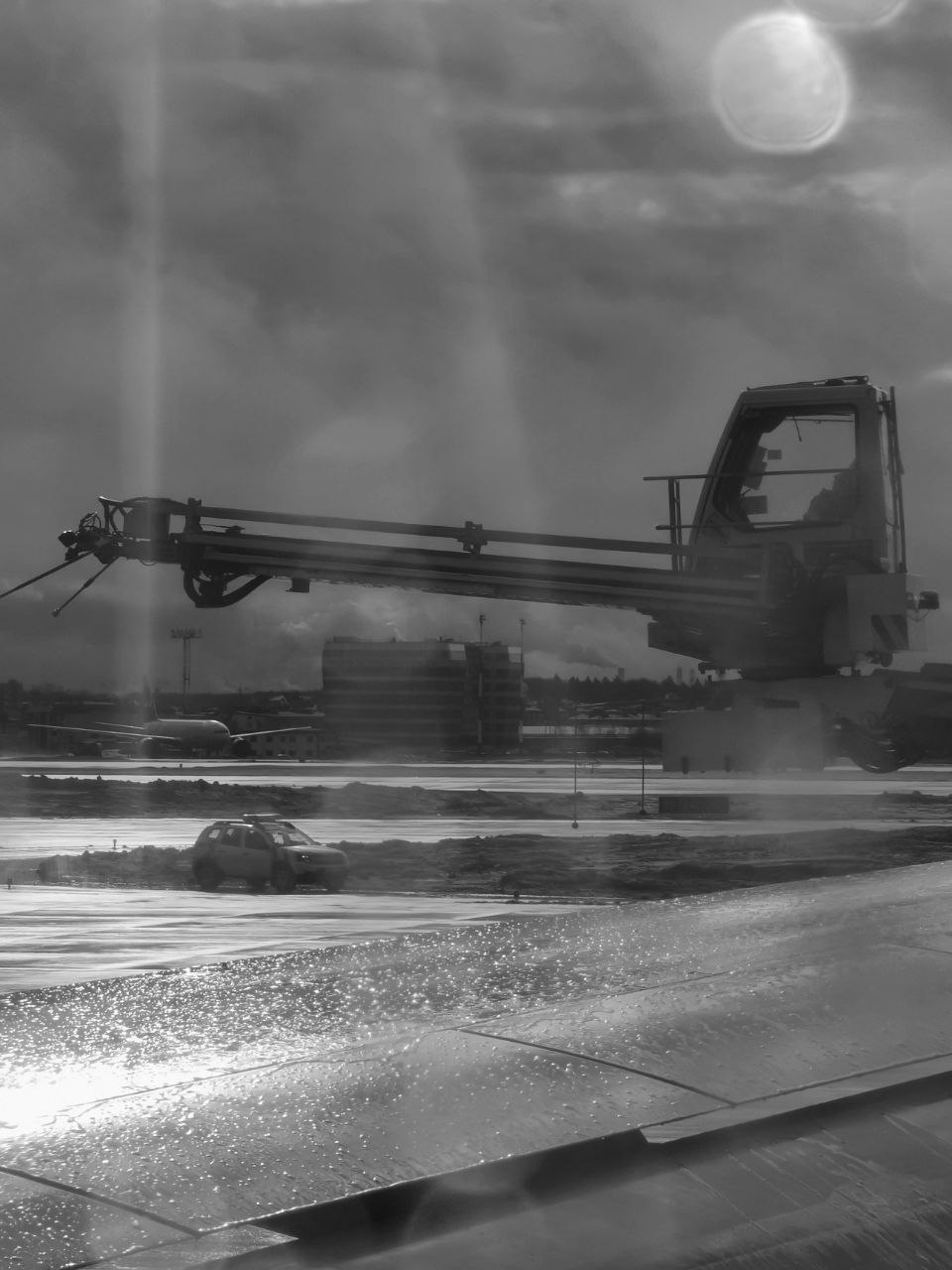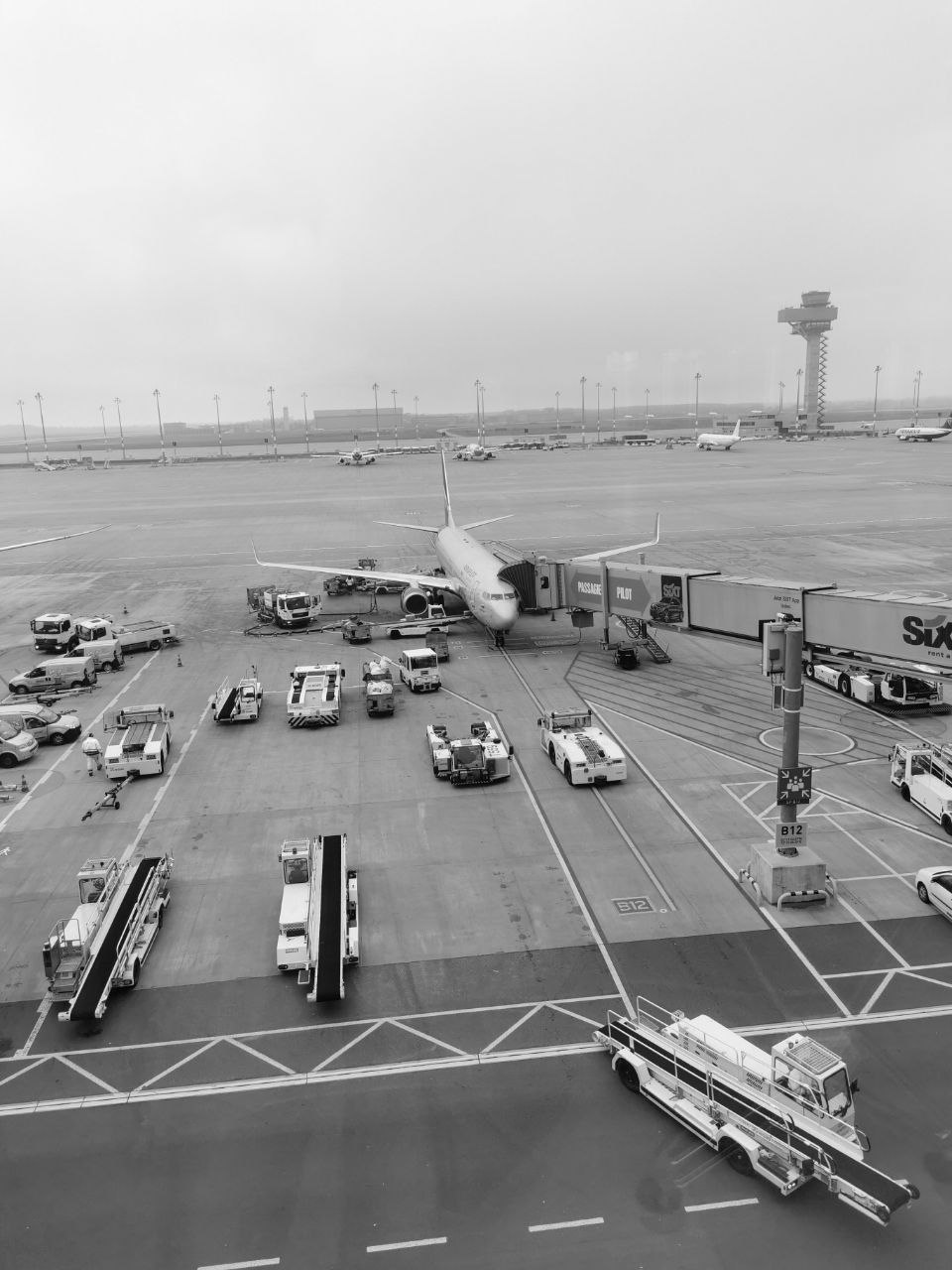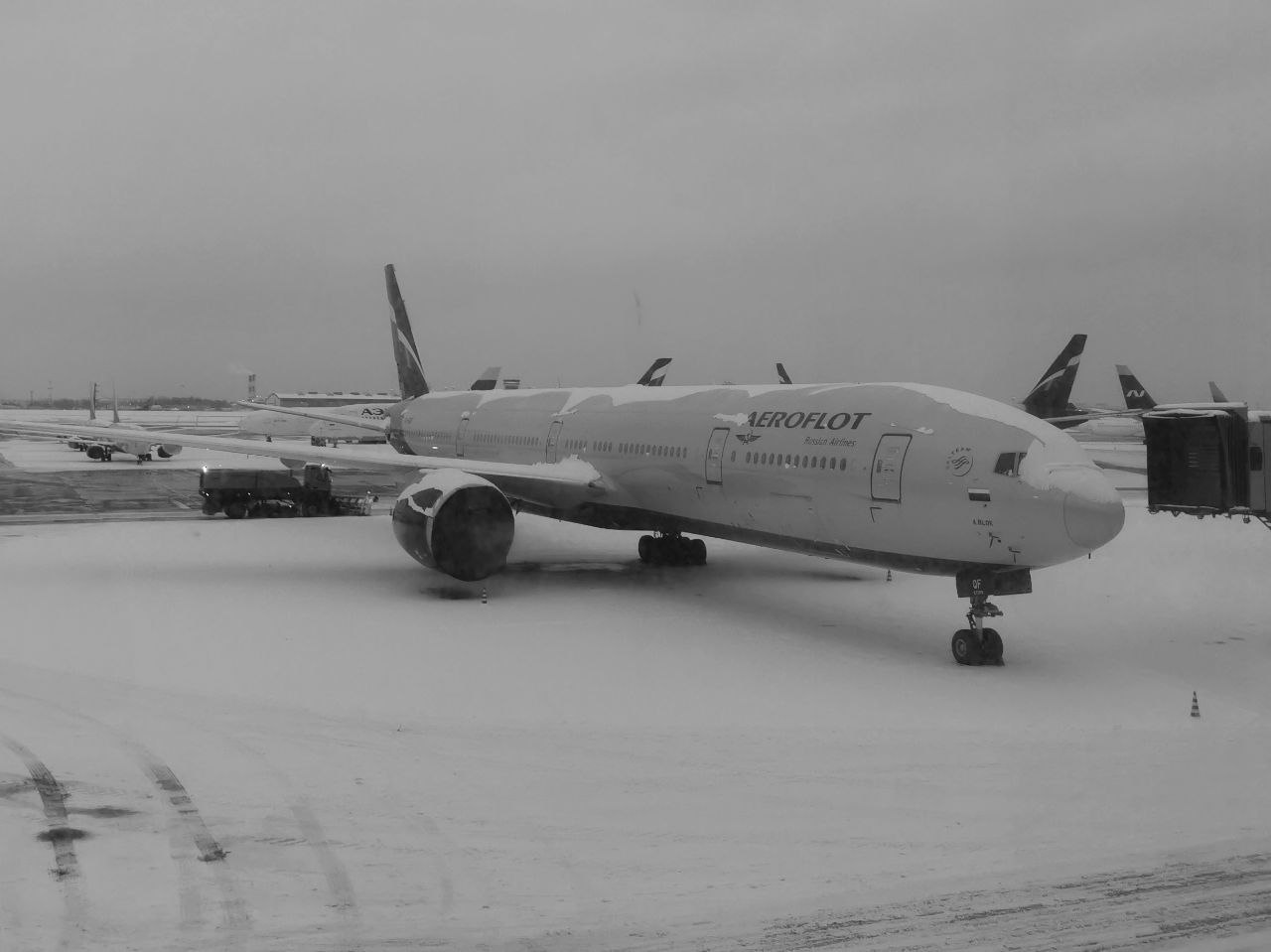On Travelling
The smell of kerosene in the air, the clackety-clack of the flight display as it hurriedly tries to update departures and arrivals; people waiting to pick up their relatives and friends; travelers who – God only knows for what reason – are drawn to all corners of the world and who are as different in the way they travel as the reasons and destinations of their journeys. And isn’t it the greatest pleasure to make up a story for each individual, about where they have come from and where they are going?
I’ve always loved travelling in any form, but flying is still my favorite; and if you can’t travel yourself, the airport is still the most beautiful place in the world, isn’t it?
Of course, in the digital age, the clackety-clack is a thing of the past; and yet, there are airports that have managed to translate the charm of the past into the modern age. If I were to award a gold medal in this discipline, it would undoubtedly go to Moscow Sheremetyevo Airport (pictured here).

People are also trying to rob us of our passion for flying in all sorts of other ways – not merely through technological progress alone. Particularly annoying are those contemporaries who worry about their “ecological footprint”. And, most annoying of all, not only about their own, which, frankly, I’m not concerned with at all, but also about ours. But as annoying as this kind of babble is, at its core it leaves me wholeheartedly unimpressed. I live – and will live until the end of my life – according to this motto: As humans, we shall strive to leave our footprint on the world – if only an ecological one.
But back to the pleasure of flying. Because this pleasure is not limited to the general atmosphere of embarking on a journey to foreign worlds, inventing biographical notes for strangers you will never meet again, the smell of kerosene or exploring new, future destinations with exotic names on the display panels.
No, it is that kind of time travel that distinguishes flying from all other forms of travel. You get on a plane in one place and a few hours later get off in a completely different place: in a different world, with a different smell, different air, different colors and shapes – and for the sake of romance, we will forget that the Golden Arches and the caffeine-drunk siren are already waiting for us everywhere with their arms wide open.

No, instead we will perceive everything else, the Other with a capital O, the foreign and exotic. And perhaps we also feel so comfortable i this very state because there simply is no other state in which one feels more at home than there, where the feeling of being a stranger is the natural and, to a certain extent, most appropriate state of being.
The journey, the arrival, is a kind of rite de passage between the worlds, the airplane being a special kind of non-lieu, the non-place – an otherworld of the in-between. Being on an airplane means being caught between worlds. There is no escape, the transition will take place. At the same time, the airplane has no world: it is literally suspended existence, as if time were standing still, where only the steady hum of the engines and the fields of clouds passing beneath you can convey any idea of time and place.

Of course, cars, railroads and ships are also otherworlds and non-places in this sense, but of a much more modest dimension. The difference here is not just the degree of being at the mercy of the “lieu de passage”. The temporal component is much more decisive. For nowhere is the possible gain in distance in relation to the time of transition so great. Indeed, part of the pleasure of going abroad also arises from the very speed at which this is possible.
But why do we travel at all, why the will to expose ourselves to such a rite of passage? What draws us someplace far away?
Well, people travel for all sorts of reasons, some of them so banal that we shall not dwell on them here, the banal rarely being of poetic value.
Some people travel to meet people and get to know foreign cultures, to study the architecture of distant countries, to climb mountains or hike through canyons. In other words, they travel to experience foreign cultural and natural landscapes.
None of this is alien to me, of course. But I have always been a dreamer at heart – and the reasons that draw me to a place can be minor, even insignificant: the sound of a city name; a loved one who spent time in that place; a picture I once discovered in a book as a child, a song or a novel set in that place – are enough to make me want to travel to that very place. The landmarks, the so-called “sights to see”, on the other hand, usually leave me cold. I’ve been to Paris about ten times without seeing the Moulin Rouge, even though I’ve probably actually walked past it. I wouldn’t have seen it to this day if my travel companion at the time hadn’t insisted that “you have to see it”. What is worth seeing is decided by my intuition. It is intuition that draws me through the streets – and my consciousness that marks out one thing rather than another. The remainder of that intuition, the impression left in my memory, is the actual sight.
It is smells, scenes, thoughts that I have perceived, experienced, had in places that forever shape the memory of that place. My almost absolute memory stores all these experiences like a movie, from the first memories in my second year of life until today; but it is a synaesthetic memory, not a factual one. I can’t remember when and where a battle took place, how tall a building was or how a district developed historically – but I know what it smelled like, what I ate in a café, I still can feel the taste of the coffee on my tongue… and then I also remember what I talked about with the person sitting next to me while enjoying that taste, or which newspaper the man at the table next to me was reading.

Since facts are far less memorable to me, I tend to get impatient when someone talks to me like a history book or puts together a program of “objective” must-sees. By the way, there are few things I find as annoying as guided tours where the guide’s background noise distracts me from the sensory impressions that really matter to me. What I want to know in terms of facts, I read in a book, where this knowledge is accessible to me at any time and whose acquisition does not steal valuable time on site …
So if I were to summarize it, then for me travelling is primarily an associative, synaesthetic pleasure, a pleasure taken in the foreign and in being foreign. I am actually just describing the augmented reality in my own head; because these experiences of the inner world, that is, my highly subjective experience, is by far that which makes me most enthusiastic about traveling. I don’t like being bothered with reality too much. And perhaps one or two people feel the same way and would like to be whisked away into my, quite literally, shifting parallel world.
Side note for disappointed readers: I have nothing in store for anyone looking for the best pub in city X, the 10 most important sights or recommendations for sustainable travel; but the market is sufficiently saturated that a suitable offer can probably be found somewhere else. In some other place that is far away. Very far away.



